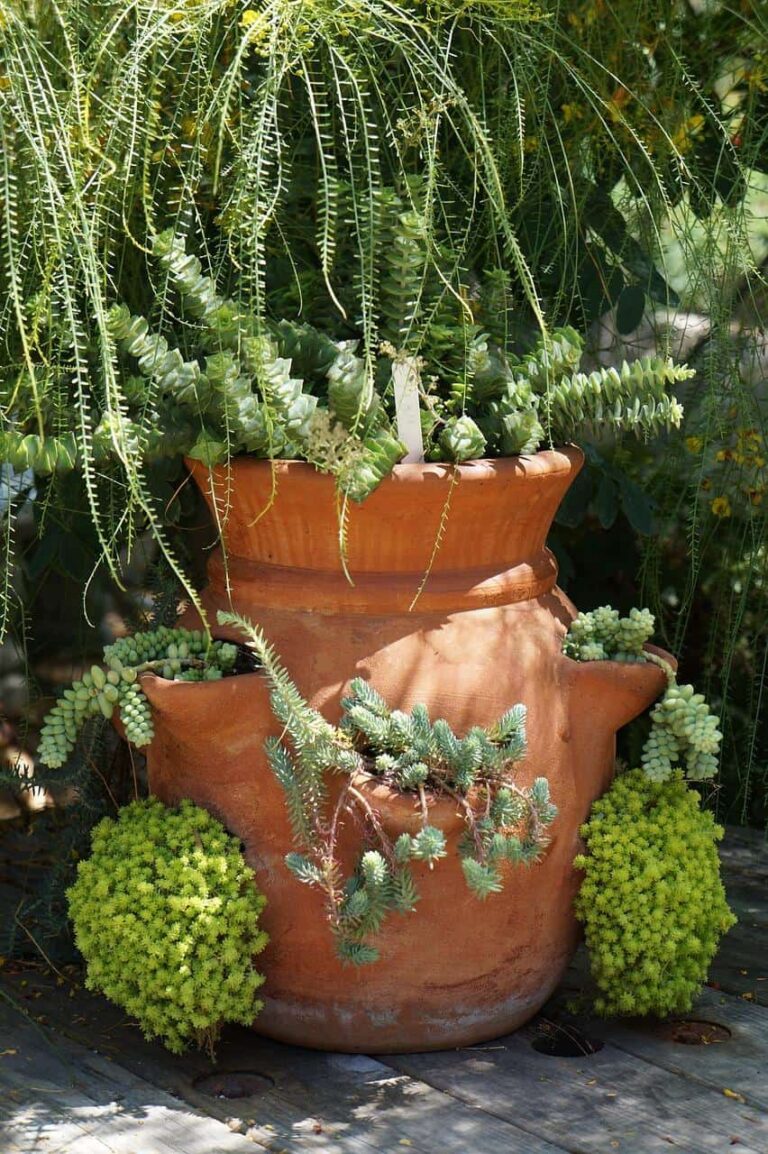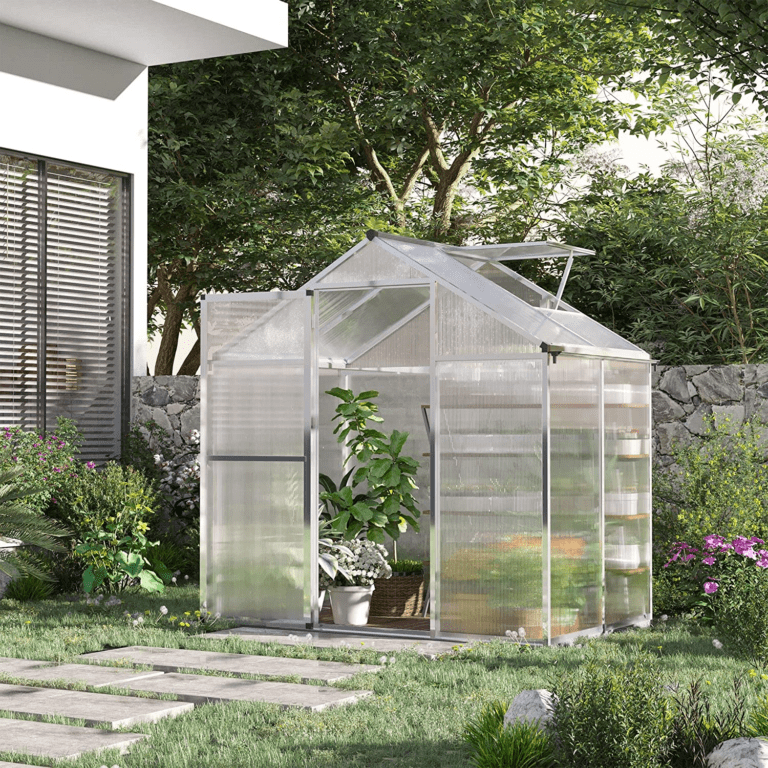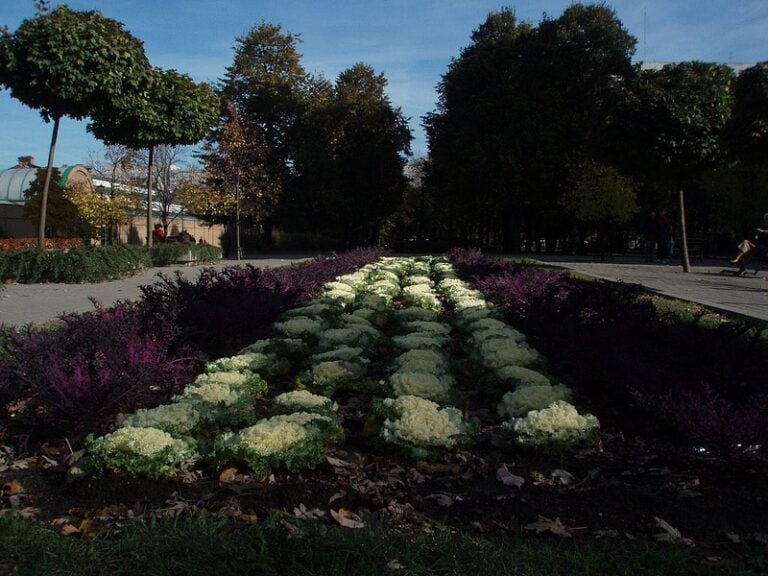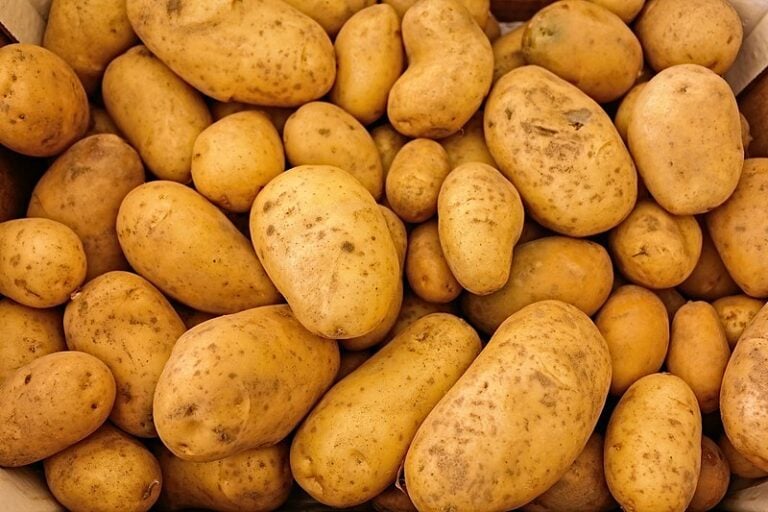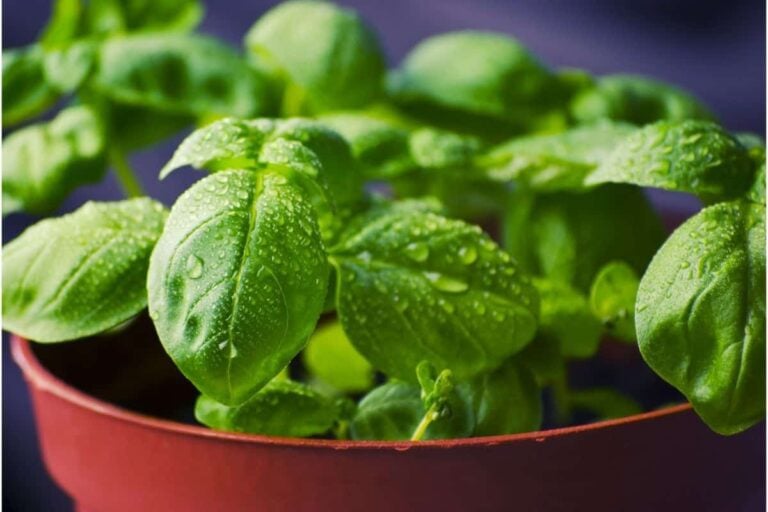Learn About Growing Carrots in Containers
Growing carrots in containers is a matter of choosing the right carrots for your pot. Smaller carrot varieties will do just fine in a container garden, indoors or outside. Growing carrots in a container involves ensuring your plants get full sun of at least eight hours per day and adequate moisture.
With a soil mix made for growing vegetables, you give them a head start to a fruitful harvest. Just like garden plants, carrots need to be thinned when they’re about two inches high. Even with this small space, you can enjoy the flavor of freshly grown vegetables.
Right Size for the Job
If you know anything about planting carrots in gardens, you’ll realize that carrots don’t need a lot of space to get a good-sized yield. Just one row foot of carrots will get you about 1 ½ pound of carrots. So, it stands to reason that a container can do the job nicely. And you’d be right.
Carrots come in five types, explains the University of Maryland Extension. From largest to smallest, they include Chantenay, Imperator, Danvers, Nantes, and Miniature and Oxheart types. While large Imperator types may push the limit on suitable container varieties, smaller carrots will do well in containers.
Small round carrots like Orbit and Thumbelina will feel right at home in a container due to their small, compact size. Other varieties you may consider include Man Thumb Carrots or the French heirloom variety, Paris Market Carrots.
Inside or Out?
You can place your container garden inside or outside. The choice is up to you. While basic maintenance is the same, other considerations may make one the better choice, depending on your situation. The things to think about include the basics of sunlight, weed control, and moisture.
Sunlight
If you take things inside, you’ll have to provide a reliable source of UV light. Carrots prefer full sun and may not tolerant a lot of shade. That’ll mean setting up a grow light for plants you grow inside. Figure on at least eight hours of light each day. Of course, Nature will see to your carrots’ needs outdoors if you choose that option.
Weeds
A container indoors gives you control over weeds much better than one outdoors. Many seeds are dispersed by animals or by air. Seeds can still find their way into a container outside. Weeds are an important part of the mix since carrots will not thrive with competition from any other plants.
Water Needs
Another consideration is water. Water can become an issue with containers simply because the soil will dry out quicker in this closed space versus a garden. The moisture in a given area outside tends to even out with input from the soil around. In a container, you are the only source of water for your plants. Your container should have good drainage to avoid problems with mold or rot.
Setting Up Your Container
Planting carrots in a container gives you an opportunity to dress your garden up with an attractive pot or box. You should make sure you choose one that is big enough to accommodate the number of carrots you want to plant. A pot size up to 18 inches wide will give you plenty of space for a decent size yield.
Remember a container filled with soil and growing vegetables is heavy. So, make sure your container is sturdy enough to do the job. Also, take the time to consider where you’re going to place it. If you plan on moving it around to follow the sun, you may have problems moving a large clay pot around. A plastic one will serve the purpose nicely without the added weight.
Soil
A container offers a distinct advantage for growing carrots. They prefer rich, fertile soil which you can easily provide with a potting soil mix suited for vegetables. The soil should be loose to make it easier for young carrots to grow. A mix with a slow-release fertilizer will make sure your carrots receive adequate nutrients through the growing season.
Planting
You’ll plant carrots in a container just as you would outside. Push a couple of carrots seeds just under the soil at about ½ inch down, spacing the plantings about three inches apart. In the garden, you would space rows one to two foot apart. With containers, you want to ensure that bit of space all around to give plants enough room to grow. Burpee Gardens breaks downs the process.
Carrot Care
You should keep the soil evenly moist as you wait for the seedlings to emerge. Perhaps one of the most difficult things about container gardening is waiting for the seedlings to emerge. Carrots germinate slowly, sometimes taking up to three weeks, depending upon the variety.
Thinning
Once your seedlings get about two inches tall, it’ll be time to thin your plants. Thinning is necessary even for smaller varieties. If you don’t thin them adequately, you’ll likely end up with twisted and misshapen carrots.
You should thin your carrots to keep only the tallest and strongest seedling from each planting. Remember, your carrots are very delicate at this stage of their growth. Rather than pulling the plants out, use scissors or sharp knife for the job to avoid disturbing the soil around the carrots you’re keeping.
Maintenance
The challenge you may have in the beginning is learning to gauge how often to water. Carrots sitting in full sun in a container are more likely to suffer from inadequate moisture than garden plants. Move your container as needed to avoid the scorching hot summer sun.
Likewise, take care to protect plants during storms or windy conditions. Smaller carrots naturally have shallower roots. A strong wind could easily wipe out your container of carrots. When appropriate, move them to a safe place or even inside if the weather takes a turn for the worse.
Harvesting Your Carrots
When your carrots get ready to harvest, you might notice the tops of root poking through the soil. That’s your cue that it’s time. Try to loosen the soil around each carrot to ease it gently out of the ground. Take care not to damage carrots on the way out. With a quick rinse, they’re ready to enjoy!
Container gardens offer a way for you to have fresh vegetables even if you don’t have the space for a garden. With an eye on adequate moisture and protection from the elements, you’ll be able to enjoy a harvest of carrots in a matter of weeks.
Photo by Valleybrook Gardens licensed under CC BY 2.0.

